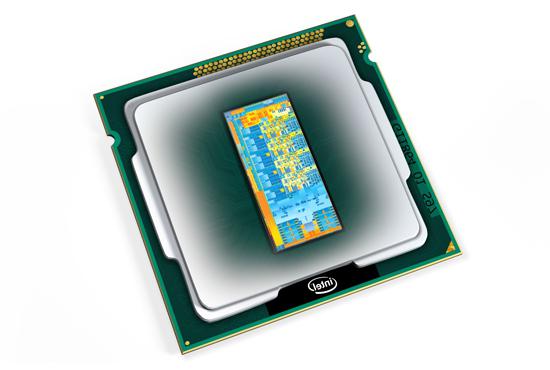The main characteristics of the processor, which you need to look at when buying
If you decide to build a computer, and not to buyready bundle, then first you need to think about which processor you want to install in the system unit. The characteristics of the processor play a big role when choosing a motherboard. And it, in turn, affects everything else. In other words, if you buy a weak old-generation processor, then you can not buy a new motherboard. Of course, you can buy something, but you can not install the selected processor at the same time in the computer and this board is not.
The main characteristics of the processor are as follows:
• A connector, otherwise known as a socket. This is the main point to which you need to pay attention when selecting a motherboard to the processor or vice versa. The board has one connector, designed for a certain type of processor. For example, motherboards with LGA socket are compatible only with those processors that have a LGA775 connector.
• Clock frequency. The larger the value of this frequency, the more operations the processor can perform for a certain period of time.
• Front Side Bus. Or, if in a simple way, the frequency of the system bus of the processor. This is such a special bus, serving as a channel for communication and transfer of information between all devices inside the system unit and the central processor itself.
• Cache. A kind of RAM, but only in the processor itself, which serves as a mediator between RAM and the processor itself.
Consider the characteristics of the processorindividually and in more detail. Let's start with the connector. When choosing a processor and a board, you need to make sure that the connectors on the processor and on the motherboard are the same. Otherwise you will have to change one of them. Of course, the newer and more powerful the processor, the newer and more productive the board should be, accordingly, it will already be designed for a new and powerful processor.
For example, the old "Intel Celeron" processors goon the LGA775 connectors. At the same connector, you can also place the "Intel Core 2 Duo" and "Intel Core 2 Quad" processors. In this regard, this socket is convenient, because on the same board you can install different types of processors, which differ in both price and performance.
It should be noted that when buying a processor"Intel Core i3" should pay attention to the generation of your chosen processor. Because there are first and second generations, which are both considered Core i3, and at the same time differ in sockets. Do not confuse.
The clock frequency is also an important point, but at the same timenot the most important. So do not look at the magnitude of the frequency, but you should pay attention to the cache and bus frequency. The clock frequency can be increased if desired. How to change the frequency of the processor? It's not very simple, and not everyone can decide, because you can manage to spoil the processor. The process of increasing the frequency is called overclocking. You can disperse through Bios.
More important is the cache. If the processor is not completely new, then it has two levels of cache. And if new, that is last generations, then such models have a third level cache.
Due to the fact that the cache stores information,which is needed at the current time, then the more cache in the processor, the less there will be access to RAM, since the most necessary inside is already there. But if the model is old, then the data is not enough, and as a result, the processor constantly turns to RAM. And this slows down performance and reduces performance.
The L1 cache is on all processors. The memory in it is very, very small, but the fastest. It is needed for the internal needs of the CPU core. For example, the amount of memory is usually less than 100 KB. But the L2 cache is already calculated for the main job, accordingly, it has a fairly large amount of memory. In new, good models, it reaches 2-4 megabytes. If the model is the latest generation, then you will have the L3-cache. Here the volume is even greater, but the speed is lower.
I would like to note once again that the characteristics of the processor play a huge role in the productivity of the entire computer.
</ p>







